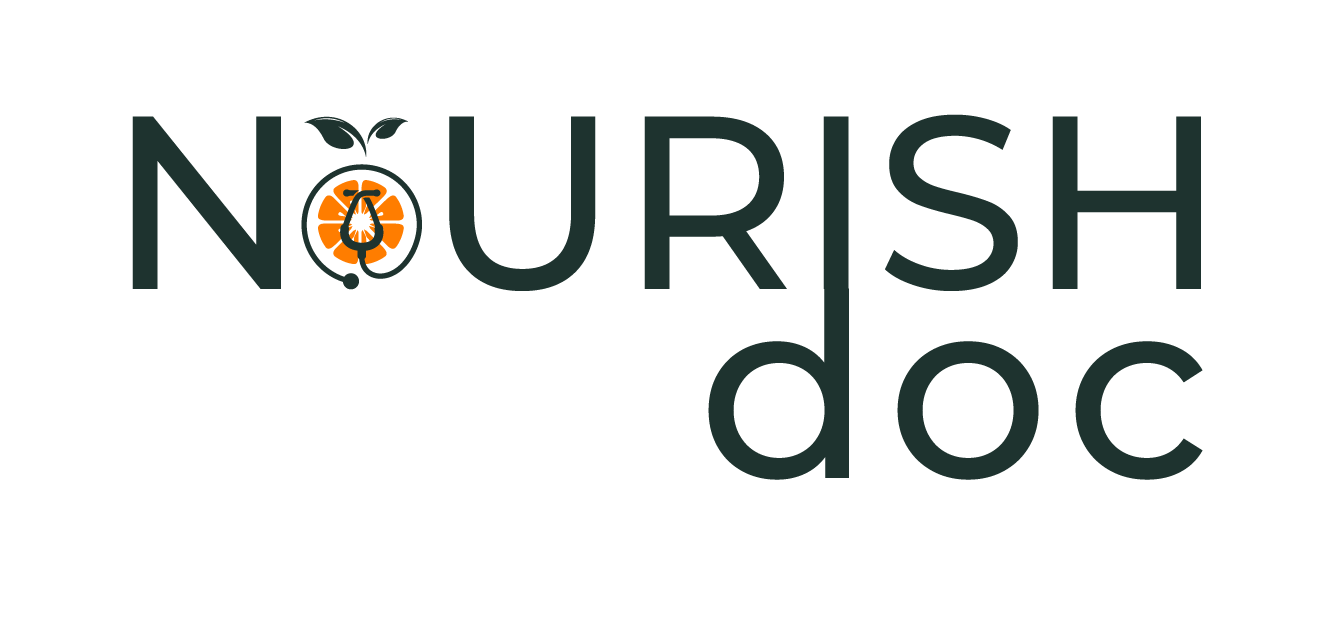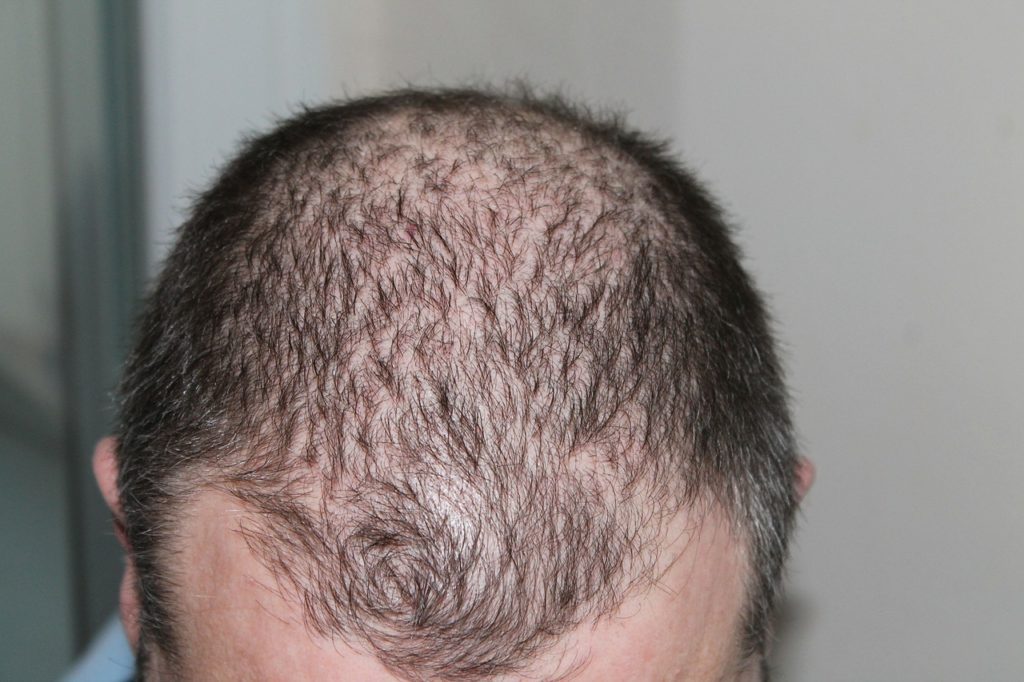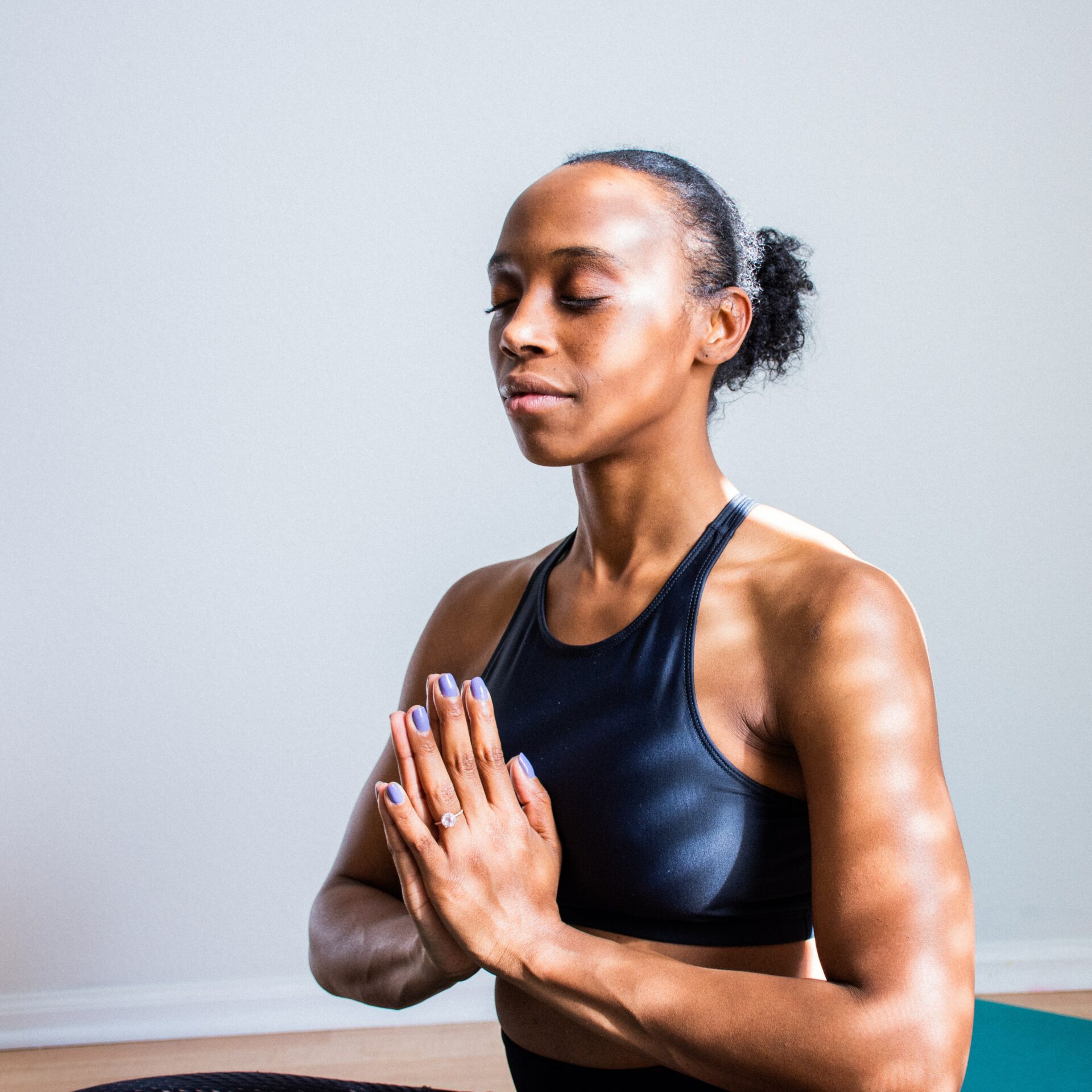What is hair loss (alopecia)?
Hair loss, or alopecia, is some amount of partial or complete baldness brought on by hormonal changes or psychological or physical stress. Hair loss can either affect your scalp or your entire body and may occur for one or several factors. Genetics, hormonal changes, medical conditions, or medications may be contributing factors. Everyone can experience hair loss, but it’s more prevalent in men. There are natural factors such as hormonal changes, while others may indicate serious health difficulties. Some states are confined to the scalp, but others reflect disease processes through the body.
Baldness describes an excessive quantity of hair loss from the scalp. Hair loss as a result of hereditary reasons with age is the most common cause of baldness. Some people prefer to manage their hair loss be as it is with no therapy. Others may try to cover it up with wigs, caps, or scarves. Many choose to locate suitable treatments available to prevent further hair loss and to restore growth. Speak with your physician about the reason for your hair loss and treatment options before employing any baldness treatment.
Hair loss signs & symptoms in men & women
Androgenetic alopecia can occur in men as well as in women and is deemed normal in adult men. Also called male pattern hair loss, it is readily recognized by the source of hair loss over the front and top of the mind (leaving a horseshoe pattern of hair) and from the healthy condition of the scalp. Women with androgenetic alopecia encounter baldness, especially over the surface of the scalp. The disorder may result because of genetic reasons, which trigger the production of certain enzymes that convert testosterone to the hormone dihydrotestosterone (DHT). DHT is known to shrink hair follicles and may lead to partial or complete hair loss.
Alopecia areata and alopecia circumscripta refer to hair loss or hair loss conditions that could be patchy or extend to complete hair loss. The main cause of alopecia areata isn’t clear, but it is assumed to be triggered by an immune system disorder. The holistic approach of Ayurveda calls for a constant hair care regimen for healthier hair. Let us talk about what that is and how you can embrace it in detail.
Ayurvedic hair care routine
Know your hair type
According To Ayurveda, Vata, Pitta, and Kapha’s three vital energies regulate our bodily actions. Each individual is a mixture of those tridoshas, with the dominance of a few doshas. Your hair type and hair health are decided by this.
– Vata Hair Type
You, Will, have a Vata hair kind when you’ve got Vata-dominant Prakriti. Good nourishment to your Hair follicles retains Vata dosha in balance. A normal Vata hair kind will be thin, straight hair with greater porosity. When Vata dosha aggravates your body, it causes your scalp and hair dryness using very low sebum production. This inevitably leads to hair that is hair loss, dry and frizzy, and split ends.
– Pitta Hair Type
If you have Pitta dominant Prakriti, you’ve got a Pitta hair kind. Pitta is responsible for hair metabolic activity and controls the development of hair proteins and pigments. A healthful Pitta hair tends to be wavy with a medium depth. Premature greying, clogged pores with germs build-up, scalp inflammation, redness, hair loss, etc., are caused when Pitta is imbalanced.
– Kapha Hair Type
You, Will, if you have Kapha dominant Prakriti, you have a kind of Kapha hair. For your hair structure and its lubrication, Kapha energy is responsible. A wholesome Kapha hair is thick, lustrous, and curled.
Any deficiency in Kapha results in overproduction of sebum on your
scalp, which ultimately leads to oily scalp dandruff, itching, baldness, etc.
Understanding Your hair type and continuing condition of your dosha levels will help you involve particular Ayurvedic herbs on your hair care regimen that target your distinctive hair needs.
– Eat healthily
A balanced supplement is one of the overriding factors that keep your doshas in balance, and so, your hair in great health. Besides choosing your foods according to your Prakriti, ensure that your foods comprise essential nutrients for hair growth like Vitamins A, B, C, D, E, and K, and minerals like iron, zinc, etc., combined with protein.
Also, Ayurveda suggests including Pitta (digestive fire)-enhancing herbs such as methi (fenugreek), jeera (cumin), Haridra (turmeric), dhania (coriander), and maricha (black pepper) into your normal diet. Consuming triphala Churna, hingu (asafoetida), and seasonal fruits (especially citrus) will improve the capacity and resistance of your digestion, regardless of age group and form of dosha.
– Ayurvedic diet
Have your meals in a serene and quiet corner with appropriate ventilation. Never be involved in any other job like talking or watching tv when you’re eating. Concentrate on your food with a calm and serene mind, and you chew the food as much as possible before swallowing.
– Exercise regularly
According To Ayurveda, the toxins (ama) have to be flushed from your body to grow healthy hair. The key to detoxing your body through sweat is daily exercise. Sweating from the tissues of your scalp unclogs your hair follicles.
Exercise also enhances the blood circulation, thus supporting the nutrient and oxygen consumption on your scalp tissues. Ayurveda recommends the regular practice of yoga, meditation, and pranayama to maintain your body, mind, and soul in balance. You might even have moderate to high-level aerobic exercises such as cycling, dancing, jogging, or brisk walking for healthier hair and body.
– Ayurvedic therapies
Ayurvedic science functions on the principle of detoxing, rejuvenating, and balancing your bodily energies. You can get Ayurvedic therapies like Panchakarma, which entails deep purification, and nutrition practices such as Nasya, Basti, Shirodhara, Shiro Abhyanga, etc. These remedies offer your body and mind calmness and relaxation, in addition to purifying your blood by balancing your doshas and promoting safe hair re-growth.
– Pick hair oil based on your hair type
Make sure your basic hair goods, i.e., your hair shampoo and oil, contain Ayurvedic herbs that work in your aggravated dosha levels. It can exacerbate your hair condition by choosing the wrong hair products and create an imbalance in your doshas. Here is a list of the few dosha-specific herbs you might be looking for in hair care products:
– Vata-Pacifying Herbs: Shatavari (Asparagus Racemosus), Palandu (onion), Gunja (Rosepea), Yashtimadhu (Licorice), Devdar (Cedar), Krishna Tila (black sesame), Saireyaka (Barleria Prionitis), Ashwagandha (Withania Somnifera), etc.
– Pitta-Pacifying Herbs: Karanja (Pongamia Pinnata), Yashtimadhu (Licorice), Japa (Hibiscus), Kamala (Nelumbo Nucifera), Nimba (Neem), Lodhra (Symplocos Racemosa), etc.
– Kapha Pacifying Herbs: Daruharidra (Berberis Aristata), Methika (Fenugreek), Karpoora (Camphor), Jyotishmathi (Celastrus paniculatus), Gunja (Rosepea), Grapeseed, Kushta (Saussurea Costus), etc.
– Tridosha Haras (Herbs To Pacify All 3 Doshas): Tagara (Valerian root), Kumari (Aloe Vera), Brahmi (Bacopa Monnieri), Bhringraj (Eclipta Alba), Amalaki (Indian Gooseberry), etc.
– Oil your hair often
According To Ayurveda, your scalp is the makeup of various energy-relieving points called ‘Marmas.’ Oiling your hair and scalp is the rejuvenation tool to extricate any surplus or aggravated doshas accumulated on the mind through marmas.
Besides rejuvenation, a normal scalp and hair massage using dosha-specific Ayurvedic oils promotes healthy, strong, and lustrous hair growth using their nourishing, root-strengthening, and conditioning properties herbs.
Ayurveda recommends oiling your hair 2-3 times weekly. You can also repair your frequency of oiling according to your hair type. The type of Kapha hair could be oiled less often, while the type of Vata hair requires more oiling than types of Pitta and Kapha. Ayurvedic methods include oiling your hair for at least 20 minutes prior to washing your hair. Massage your scalp and hair at night with warm oil for better results, and wash your hair the next day. This functions as an exceptional natural conditioning treatment for your hair and scalp.
Procedure to apply hair oil
– Apply warm oil across your scalp.
– Massage your whole scalp in a circular motion using your finger pads for approximately 15 minutes.
– Now, work some oil out of your hair roots to tips by providing a gentle massage.
Circular scalp massage stimulates the blood flow and enhances the oil absorption to profound layers of your scalp. You could also use coconut oil, sesame oil, almond oil, olive oil, etc., to frequently massage your scalp and hair.
– Wash your hair often
Your scalp follicles become clogged with the undesirable build-up of excess oils, dirt, and grime. You can cleanse this through regular hair wash with Ayurvedic shampoos using herbs that are specific to your dosha imbalances. You may even select natural hair cleansing herbs such as Reetha (Soapnut), Shikakai (Soap pod), Hibiscus flowers, Triphala powder, etc. ) to clean your hair. Ayurveda urges you to wash your hair twice or thrice in a week using a gentle massage using ordinary or lukewarm water throughout your hair wash.
– Condition Your Hair Often
In Ayurvedic situations, hair masks or ‘Shiro lepa’ are one of the most powerful therapies for nourishing your hair and scalp and thoroughly conditioning them. Ayurveda recommends applying hair sprays once a week or fortnight to keep your scalp and hair safe while also helping you battle internal baldness causes such as stress and anxiety.
You Can use herbal powders such as Amalaki, henna, fenugreek, and lubricants such as egg white, aloe vera gel, etc., to prepare your nourishment rich hair masks. Put on the mask from your roots to hair hints and leave it for approximately 30-40 minutes before rinsing it off with water.
– Comb properly
Combing Is one of the effective approaches to boost blood flow on your scalp. It aids in detangling your hair and spreading your scalp’s natural oils evenly over your hair strands. However, vigorous combing can harm your hair by extending it, and this can cause hair breakage and split ends. Ayurveda Indicates you comb your hair once or twice gently using a wooden blunt-toothed comb. Also, clean your comb regularly to prevent dirt accumulation, and don’t share your comb with other people.
– Trim your hair
Broken hair with split ends provides a narrow and rough look to your hair tips. You can avoid it by eliminating split ends through routine trimming. Make certain you remove your split ends by trimming your hair every 8-12 weeks.
– Avoid toxic products
Harsh chemicals used in hair products can alter the pH of your scalp while extracting natural oils from the scalp and the protein content of your hair. Switch to Ayurvedic products with organic herbal ingredients to achieve holistic hair health without undesirable risks.
– Avoid heat styling
Overuse of heat styling tools such as blow-dryers, straightening, or curling irons can leave your hair moisture-less with time, which might result in serious damage to your hair. It spikes up Vata dosha, causing dryness, breakage, split ends, and baldness. It’s much better to leave your hair for air drying after your hair wash.







